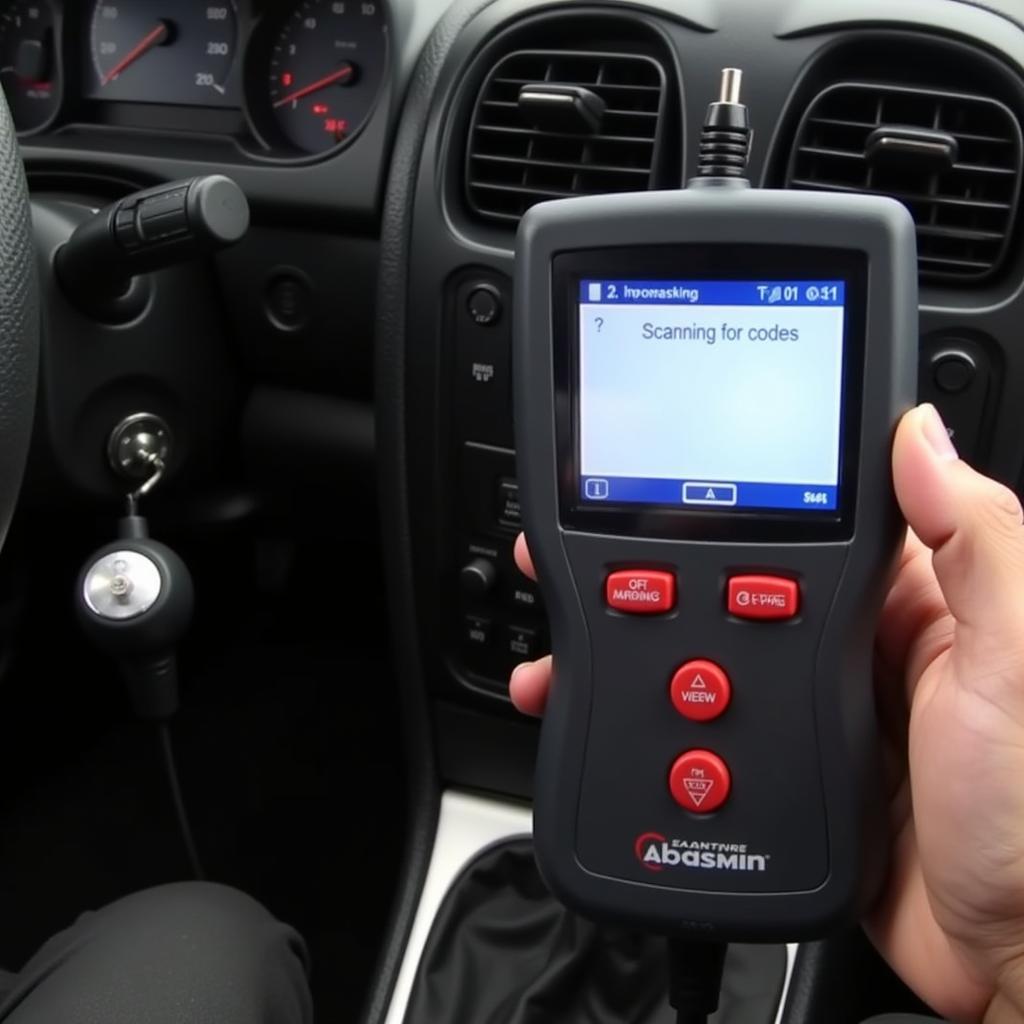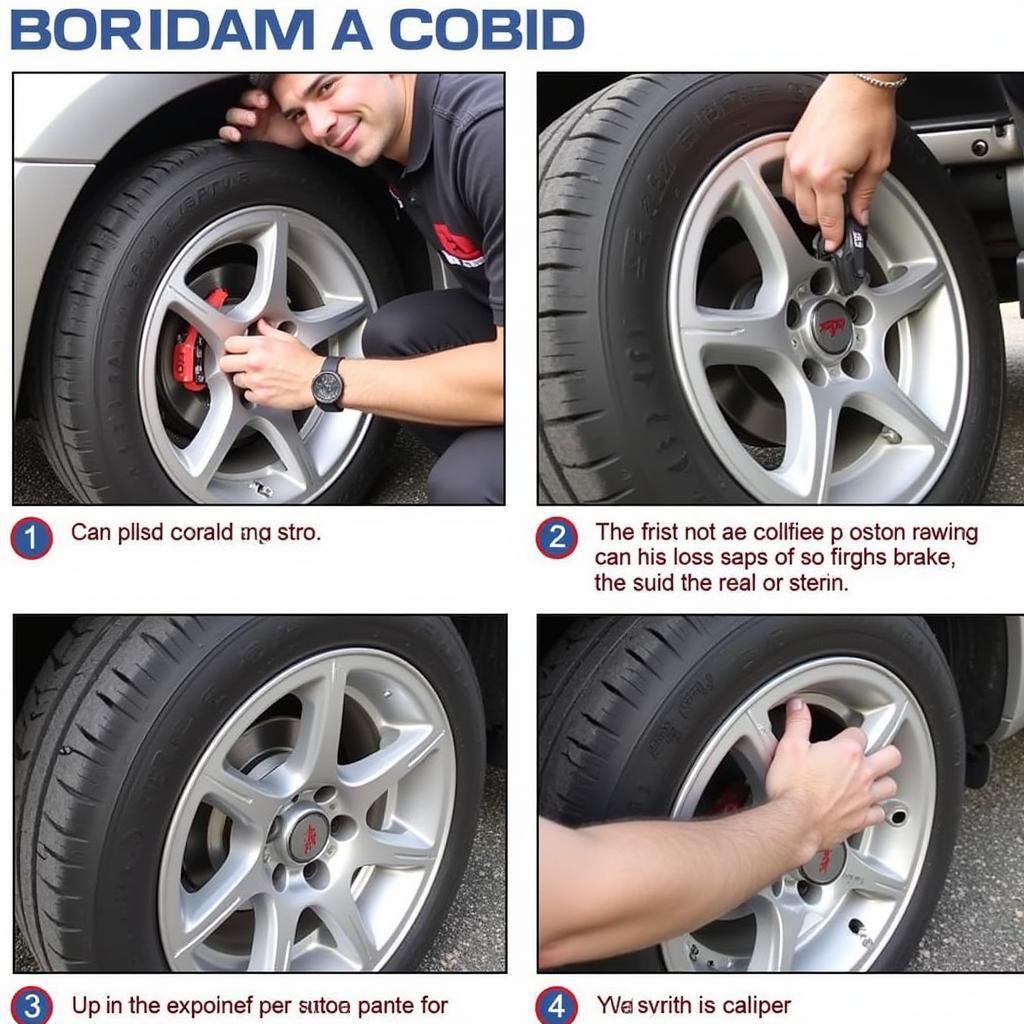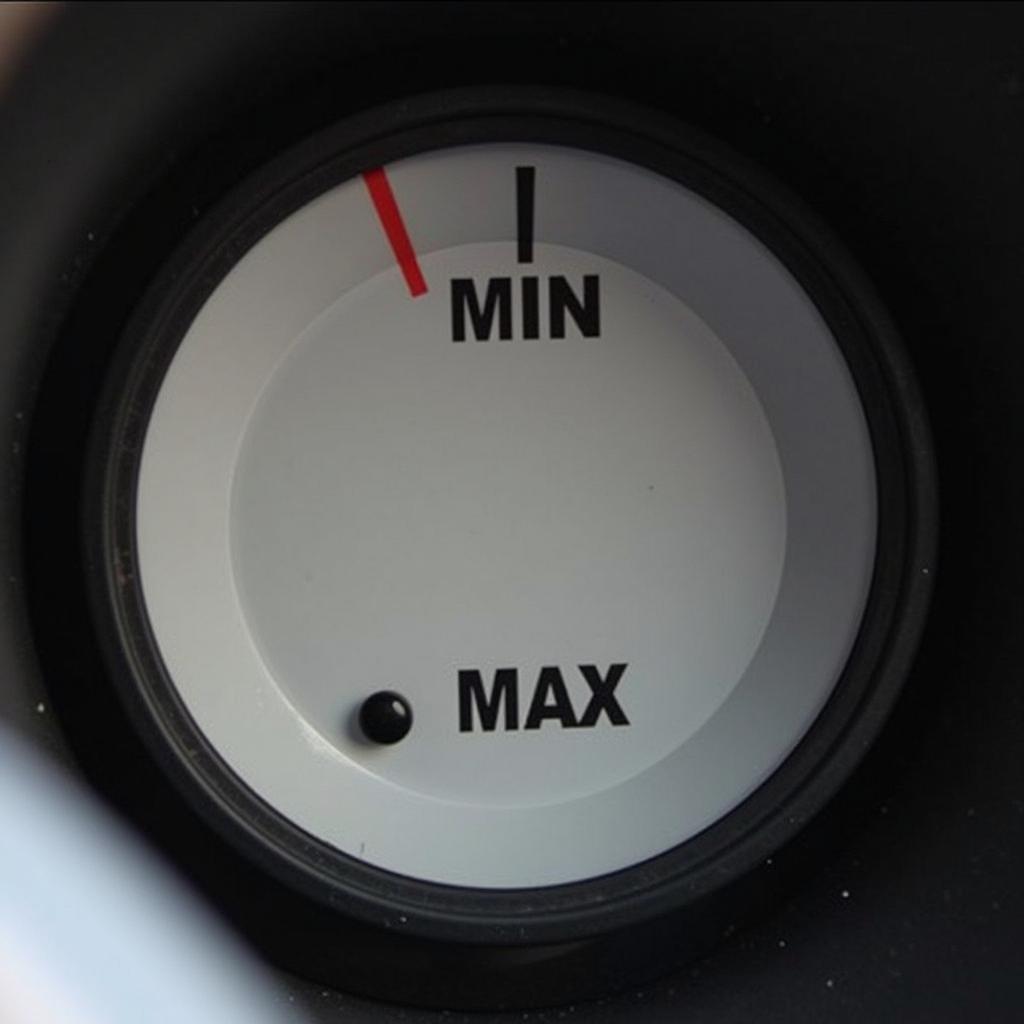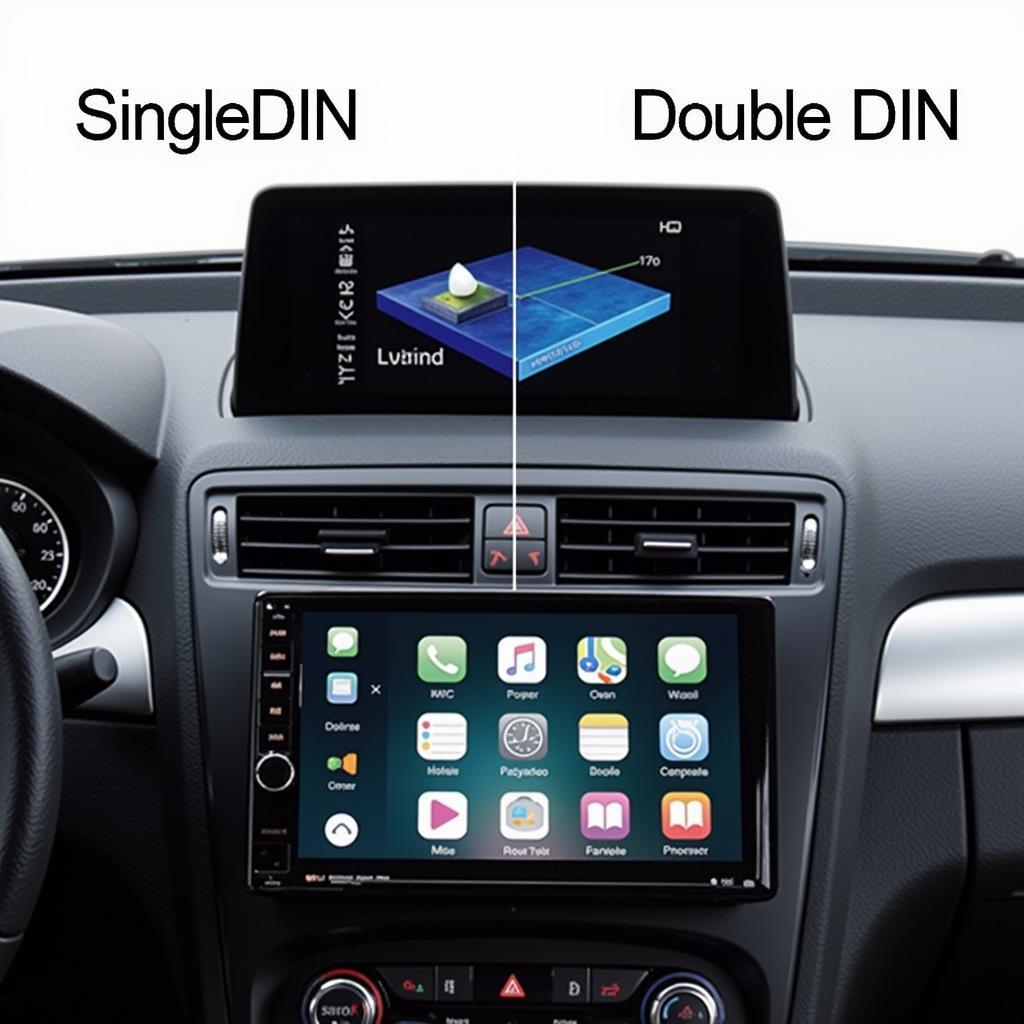If you’re driving your 2004 Chrysler Crossfire and the brake warning light suddenly illuminates on your dashboard, it’s crucial not to ignore it. This warning light signifies a potential issue with your braking system that requires immediate attention. While it can be alarming to see any warning light pop up, understanding the common causes of this particular issue can help you take the right steps towards a solution.
This article will guide you through the potential reasons behind a 2004 Chrysler Crossfire brake warning light and provide insights on diagnosing and addressing the problem. Whether you’re a seasoned DIY enthusiast or prefer seeking professional help, this comprehensive guide aims to equip you with the knowledge to navigate this situation safely and efficiently.
Common Causes of a 2004 Chrysler Crossfire Brake Warning Light
There are several reasons why your 2004 Chrysler Crossfire’s brake warning light might turn on. Some of the most common causes include:
-
Low brake fluid level: This is the most common reason for the brake warning light to illuminate. Brake fluid is essential for transmitting the force applied to the brake pedal to the brake calipers, ultimately stopping your vehicle. A leak in the brake lines, worn brake pads, or a malfunctioning brake master cylinder can lead to low brake fluid.
-
Worn brake pads: Brake pads are designed to wear down over time as you use them. When they become too thin, the brake warning light will activate to alert you that it’s time for a replacement.
-
Faulty brake light switch: The brake light switch is responsible for turning on your brake lights when you press the pedal. If it fails, it can also trigger the brake warning light on your dashboard.
-
ABS issue: While less common, a problem with your Anti-lock Braking System (ABS) can also cause the brake warning light to come on. This could be due to a malfunctioning ABS sensor, control module, or wiring issue.
Diagnosing the Problem
Before taking any action, it’s crucial to diagnose the exact cause of the brake warning light. Here’s a step-by-step guide:
-
Check the brake fluid level: This is the first and easiest step. Locate the brake fluid reservoir under the hood of your car. The reservoir will have a “Min” and “Max” marking. If the fluid level is below the “Min” mark, you’ll need to add more brake fluid.
-
Inspect the brake pads: If the brake fluid level is fine, the next step is to check the brake pads. Look through the spaces between the spokes of your wheels to inspect the brake pads. If they appear thinner than ¼ inch, it’s time for a replacement.
-
Check the brake light switch: The brake light switch is typically located above the brake pedal arm. You can test it by pressing and releasing the brake pedal while observing if the brake lights illuminate. If they don’t, the switch might be faulty and require replacement.
-
Scan for ABS codes: If the above steps don’t reveal the cause, it’s advisable to scan your vehicle for ABS-related trouble codes. This requires an OBD-II scanner, which can be purchased online or at most auto parts stores.
 Using an OBD2 Scanner on Chrysler Crossfire
Using an OBD2 Scanner on Chrysler Crossfire
Expert Insight: “Remember, a visual inspection can reveal a lot about your car’s health. Regularly checking your brake fluid level and visually inspecting your brake pads can prevent unexpected brake issues and ensure your safety on the road.” – John Miller, Automotive Engineer
Addressing the Issue
Once you’ve pinpointed the cause of the brake warning light, you can address the issue.
-
Low brake fluid: If the brake fluid level is low, carefully add the correct type of brake fluid (as specified in your owner’s manual) to the reservoir. Remember not to overfill. After adding fluid, have a professional inspect the braking system for leaks.
-
Worn brake pads: Replacing brake pads is a relatively straightforward procedure for those comfortable with basic car maintenance. However, if you’re unsure, seeking professional help is recommended.
-
Faulty brake light switch: Replacing a brake light switch is a simple and inexpensive fix that can be done at home with basic tools. However, if you’re not comfortable working on your car, it’s best to consult a mechanic.
-
ABS problems: Addressing ABS issues often requires specialized knowledge and tools. If you suspect a problem with your ABS system, it’s best to take your car to a qualified mechanic or dealership for diagnosis and repair.
 Replacing Brake Pads on a Chrysler Crossfire
Replacing Brake Pads on a Chrysler Crossfire
Conclusion
A glowing brake warning light in your 2004 Chrysler Crossfire should never be ignored. It’s a clear signal that your vehicle’s braking system requires attention. By understanding the common causes and following the diagnostic steps outlined in this article, you can effectively address the issue and ensure your safety on the road.
Remember, while some fixes might be manageable with basic DIY skills, it’s crucial to prioritize safety and seek professional help when needed. Regularly maintaining your vehicle, including routine brake inspections, can go a long way in preventing unexpected issues and keeping your Chrysler Crossfire running smoothly for years to come.
FAQs:
1. Can I still drive my car with the brake warning light on?
It’s highly discouraged to drive with the brake warning light illuminated. It signifies a potential problem with your braking system, compromising your safety and others on the road.
2. How often should I check my brake fluid level?
It’s a good practice to check your brake fluid level at least once a month, along with other essential fluid levels.
3. How long can I drive with worn brake pads?
Driving with worn brake pads is incredibly dangerous. If you suspect your brake pads are nearing the end of their lifespan, have them inspected and replaced immediately.
4. How much does it cost to fix a brake light switch?
The cost of replacing a brake light switch is relatively inexpensive, usually ranging from $20 to $50 for the part, plus labor costs if you opt for professional installation.
5. How can I prevent future brake problems in my Chrysler Crossfire?
Regular maintenance is key to preventing brake problems. This includes routine brake inspections, timely brake fluid flushes, and prompt attention to any warning lights or unusual noises coming from your braking system.


